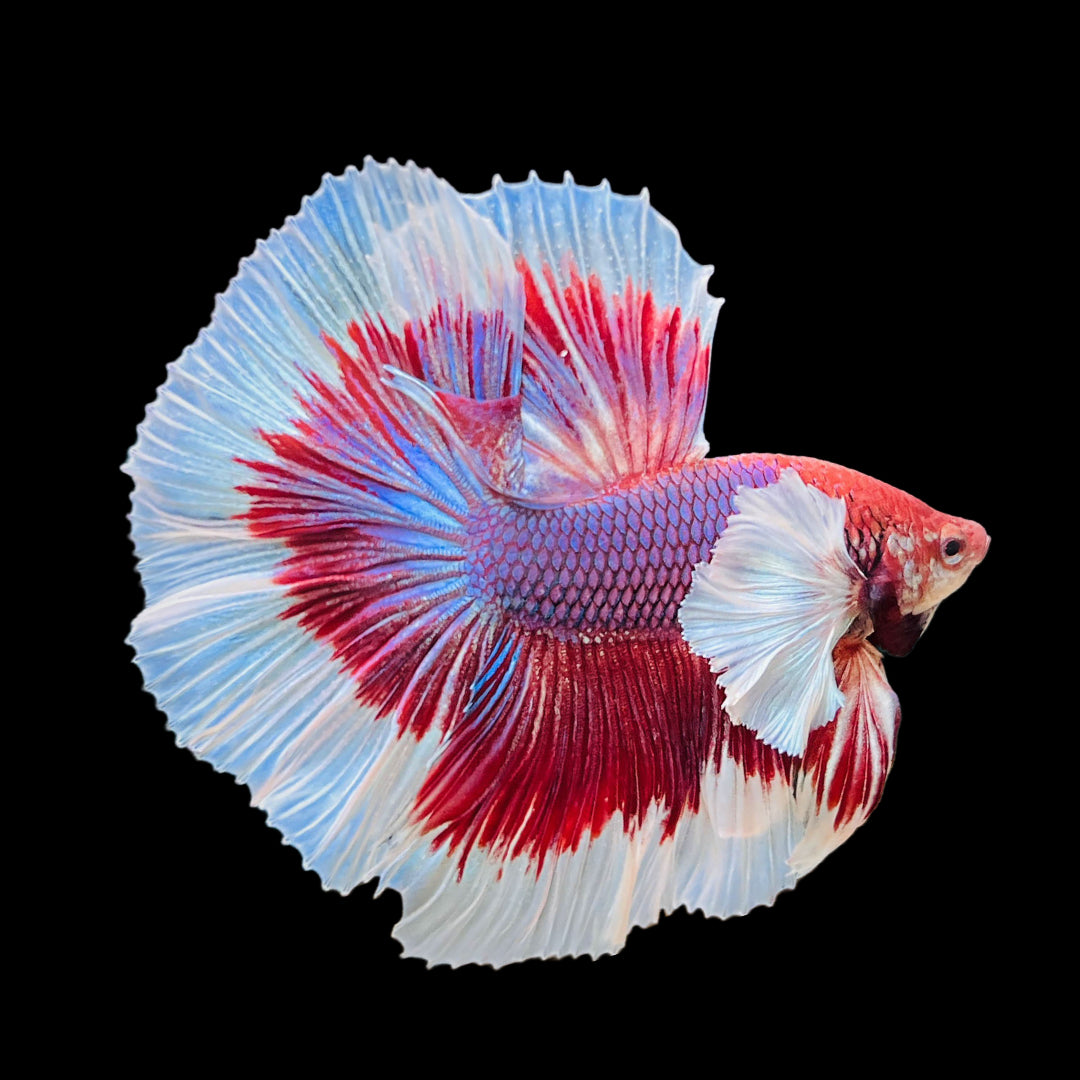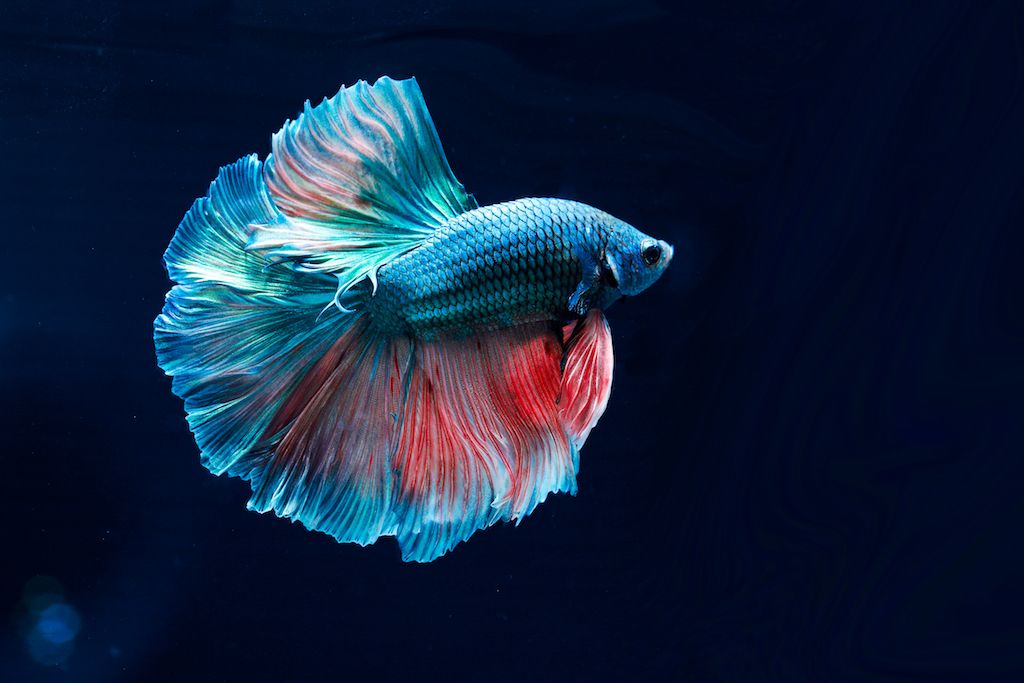Just How to Reproduce Betta Fish Successfully: Expert Strategies and Insights for Hobbyists Seeking To Broaden Their Betta Collection
Reproducing Betta fish calls for a nuanced understanding of genetics and environmental problems, making it vital for hobbyists to come close to the process with both diligence and care. Developing an optimum reproduction setting, selecting the ideal pairs, and observing the complexities of their courtship behaviors are fundamental steps that can substantially influence the result. The succeeding care of the fry is important for ensuring their healthy and balanced development. As we discover these vital parts, it ends up being clear that effective breeding is not just about the preliminary pairing yet includes a wider strategy that values careful factor to consider.
Recognizing Betta Fish Genes
Recognizing the genes of Betta fish is essential for effective breeding, as it influences traits such as color, fin form, and habits. Betta fish exhibit a varied range of shades and patterns, mainly figured out by their genetic make-up. The primary genetics in charge of pigmentation consist of the "B" genetics for blue, "D" gene for red, and the "C" genetics for color strength. Breeders can adjust these characteristics by selecting particular parent fish that exhibit wanted qualities.
In enhancement to coloration, fin morphology is one more considerable aspect of Betta genes (betta fish). The sizes and shape of fins are influenced by different genetics, consisting of those that determine whether the fins are short, long, or veil-shaped. Comprehending these hereditary variations assists breeders forecast the phenotypic end results of their offspring
Additionally, behavioral traits such as aggression and territoriality can additionally be affected by genetics. These actions play a crucial function in the breeding process, as they can affect generating success and the general character of the resulting fry. By thoroughly comprehending these genetic concepts, breeders can make informed decisions, eventually enhancing their breeding programs and attaining preferable outcomes.
Preparing the Breeding Setting
Creating an ideal reproduction atmosphere is important for the successful recreation of Betta fish. The first action in preparing this setting is to choose a proper reproduction tank, ideally varying from 5 to 10 gallons.
Following, consider the usage of a sponge filter or an air stone to offer mild water blood circulation without developing strong currents that can stress the fish. It is vital to set up plants or breeding cones to supply hiding places and promote comfort for the woman during the spawning process. Drifting plants, such as Java moss or water sprite, can likewise develop a more natural setting while helping with bubble nest structure by the man.
Before presenting the reproducing pairs, make certain the water is conditioned and devoid of damaging chemicals, such as look what i found chlorine or heavy metals. betta fish. Regular water changes must be carried out to preserve optimal water top quality, enhancing the opportunities of effective breeding. With these preparations in position, the breeding setting will certainly support the health and well-being of both Betta fish
Selecting Breeding Pairs
Picking the right breeding pairs is critical for attaining effective Betta fish reproduction. When selecting your breeding pairs, consider several crucial elements including health, personality, and genetics. Healthy and balanced Betta fish exhibit dynamic shades, clear eyes, and active actions. Selecting fish that are devoid of illness guarantees a better possibility of creating practical children.
Temperament is another important consideration, as Betta fish are understood for their aggressive nature. It is suggested to select a man and female that exhibit compatible characters to reduce stress throughout the breeding procedure. A tranquil male can motivate a smoother courtship, while a female that is too aggressive might disrupt the process.
Genetic history likewise plays a significant function in the quality of the children. Breeding fish that are genetically diverse can decrease the threat of hereditary health and wellness concerns and enhance the overall vigor of the fry. It is advantageous to investigate the lineage of both the male and female, concentrating on desirable characteristics such as fin kind, color scheme, and dimension.
The Breeding Refine
The breeding procedure of Betta fish needs cautious planning and attention to detail to guarantee a successful outcome. It is important to prepare a suitable reproduction storage tank, preferably a 5-10 gallon aquarium with a temperature level kept at 78-80 ° F. The container needs to be furnished with a heating unit, filter (ideally sponge type to stay clear their explanation of strong currents), and a lot of water plants for the female to conceal.
When the atmosphere is established, introduce the chosen breeding pair to the container, enabling them to accustom. Observe their behavior; the male will show fancy courtship rituals, consisting of flaring his fins and constructing a bubble nest. If the female reveals rate of interest, she will show vertical red stripes showing preparedness for spawning.
When the lady is responsive, the pair will engage in a mating accept, throughout which the male fertilizes the eggs. Maintaining ideal water problems throughout this period is necessary for the advancement of healthy Betta fry.
Caring for Betta Fry

Feeding Betta fry is critical, as they call for a diet regimen high in healthy protein. They can be fed infusoria or liquid fry food, transitioning to finely crushed top notch pellets as they expand. Feed little parts several times a day to urge healthy and balanced growth without straining the container with leftover food.

As they grow, check their growth carefully and divide any type of aggressive individuals to protect against harm. By supplying a nurturing setting and appropriate nourishment, enthusiasts can efficiently elevate Betta More Help fry right into lively, healthy and balanced fish, ultimately boosting their breeding endeavors.
Final Thought
Successful Betta fish reproduction requires careful attention to genetic selection, environmental problems, and care for the fry. By recognizing the genes of Betta fish and preparing an ideal reproduction setting, hobbyists can improve the chances of creating lively, healthy and balanced children.